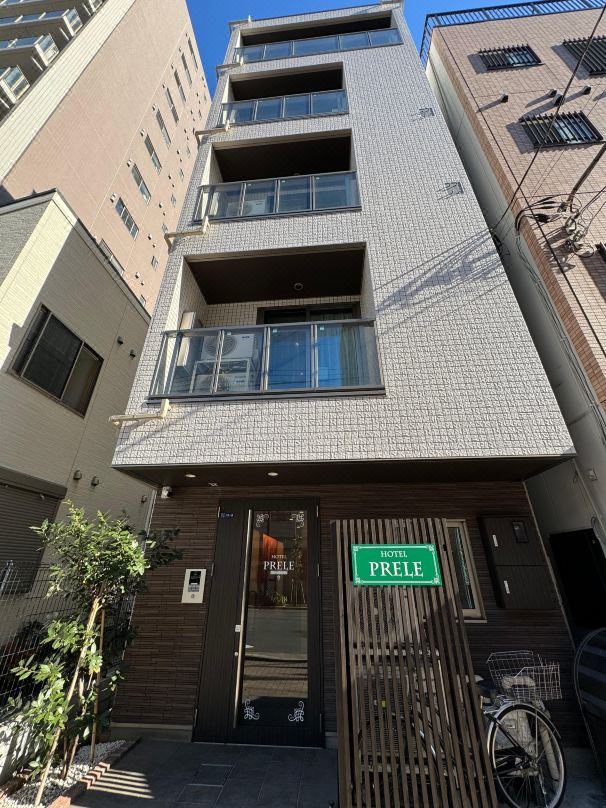Kanda Festival 2025 in Tokyo: Dates, Main Procession, and Access

Tokyo's Kanda Festival is one of the three major festivals in Japan. In 2025, it will be held in mid-May at Kanda Myojin Shrine near Akihabara, with the main procession being on May 10. Learn about the festival highlights, parades, and how to access the venue.
Kanda Matsuri: One of Japan's Three Great Shrine Festivals

The Zuishinmon Gate of Kanda Myojin Shrine. Photo by Pixta
The Kanda Festival is a festival held at Kanda Myojin Shrine, which is located near Tokyo's Akihabara district. Along with Kyoto's Gion Festival and Osaka's Tenjin Festival, it is considered one of Japan's three major festivals.
The Kanda Festival consists of two main events: the Main Festival (Hon-matsuri) held in odd-numbered years and the Shadow Festival (In-matsuri) held in even-numbered years. However, when people refer to the Kanda Festival, they typically mean the lively Main Festival.
In 2025, the Kanda Matsuri Festival will be held from May 8 to May 15, with the main procession (Shinkosai) being scheduled for May 10. The procession will pass through Tokyo's central districts: Kanda, Nihonbashi, Otemachi, Marunouchi, and Akihabara.
Save money with unlimited Tokyo Metro & Toei rides!
The Kanda Festival's Historical Background

Kanda Myojin Shrine. Photo by Pixta
The Kanda Festival, also known as the Tenka Matsuri (Unification Festival), has its origins tied to Tokugawa Ieyasu (1543-1616), who founded the Edo Shogunate (*1). Before going to battle with other warlords, it is said that Ieyasu always had his retainers pray for victory at Kanda Myojin Shrine.
After successfully unifying the country, Tokugawa Ieyasu showed gratitude to Kanda Myojin Shrine by making significant donations, including impressive shrine buildings and portable shrines. With Ieyasu's support, the festivals held at the shrine became the grand events they are today.
*1 The Edo Shogunate: the period from 1603 to 1867 when the Tokugawa family ruled Japan. Also known as the Edo period, it was initiated by the first shogun, Tokugawa Ieyasu, and lasted until the 15th shogun, Tokugawa Yoshinobu, who returned power to Emperor Meiji in 1868.
Highlights of Kanda Matsuri Festival
1. The Shinko-Sai Procession

© Tokyo Convention & Visitors Bureau
One of the highlights of the Kanda Festival is the procession of around 500 people dressed in costumes from the Heian period (794-1185), known as the Shinkosai procession.
In 2025, the Shinkosai procession will be held on May 10 for the entire day.
Starting from Kanda Myojin Shrine, the Shinko-Sai procession passes through Akihabara's electronics district and the office areas of Marunouchi and Otemachi before returning to Kanda Myojin Shrine.
The sight of people in Heian period (794-1185) attire walking through modern city streets is particularly impressive.

Photo by Pixta
The Shinko-Sai procession involves three portable shrines, the Ichinomiya Horen, the Ninomiya Mikoshi, and the Sannomiya Horen, carrying the protecting deities of the Kanda Myojin Shrine. They ride through the surrounding areas to purify and cleanse the towns.
One of the highlights of this Shinko-Sai procession is the large float. In the Kanda Festival, these floats can be unique, featuring items like a replica of a giant catfish believed to cause earthquakes or the head of an ogre.
The group of people pulling these floats is called the Tsukematsuri. The floats and accompanying groups can vary from year to year.
2. Mikoshi Miyairi

© Tokyo Convention & Visitors Bureau
The day after the Shinko-Sai procession, approximately 100 portable shrines are brought out from the surrounding districts and make their way to Kanda Myojin Shrine. This event is called Mikoshi Miyairi. Men wearing happi coats (*2) carry the portable shrines, giving off a vibrant atmosphere typical of Japanese festivals.
Some of the men carrying the portable shrines may wear fundoshi, traditional Japanese loincloths. Additionally, you might witness the elegant presence of male geishas, known as Tekomai, leading the portable shrines, adding to the festive atmosphere.
*2 Happi: a traditional Japanese garment primarily worn during festivals. It is a hip-length coat worn over the body similar to a kimono.
3. Other Events at the Kanda Festival
Events such as the Horen Mikoshi Senzasai, where the deity of Kanda Myojin Shrine is transferred to a portable shrine, and ritual dance performance by miko shrine maidens during the Reitaisai are some of the highlights of the Main Festival.
The atmosphere can be solemn or festive depending on the day you attend.
Watch Kanda Matsuri from Mitsukoshi
During the Shinko-Sai procession, individuals dressed in period costumes depart from Kanda Myojin Shrine, while the group participating in the Tsukematsuri departs from Arima Elementary School, starting from different locations.
Both groups converge in front of the Nihonbashi Mitsukoshi Main Store around 16:30. This is recommended as the best spot to witness the procession at its liveliest. However, it tends to get crowded, so it's advisable to arrive early and be prepared to wait.
If you're in Tokyo on May 10, 2025, visit Nihonbashi to watch the impressive procession of Kanda Matsuri.
Nihonbashi Mitsukoshi Main Store
Address: Tokyo, Chuo, Nihonbashi Muromachi 1-4-1 Google Map
Directions: Right outside exit A5 of Mitsukoshimae Station on the Ginza Line.
Hotels near Kanda Myojin (Kanda Shrine)
Read also
Main image by Pixta



















































![[Coupon Available] Attention Overseas Winter Sports Fans! Nagano's Sports Depot Has Evolved](https://resources.matcha-jp.com/resize/720x2000/2026/01/05-254819.webp)
![[2 hours from Tokyo ] 10 Quiet and Breathtaking Views of Mount Fuji in Yamanashi Hokuto City , Yamanashi - Part 2](https://resources.matcha-jp.com/resize/720x2000/2025/12/16-253037.webp)

![[Reopening in March 2026] Ikoma Sanjo Amusement Park Park, 45 minutes from Osaka , with free admission](https://resources.matcha-jp.com/resize/720x2000/2024/08/28-194409.webp)